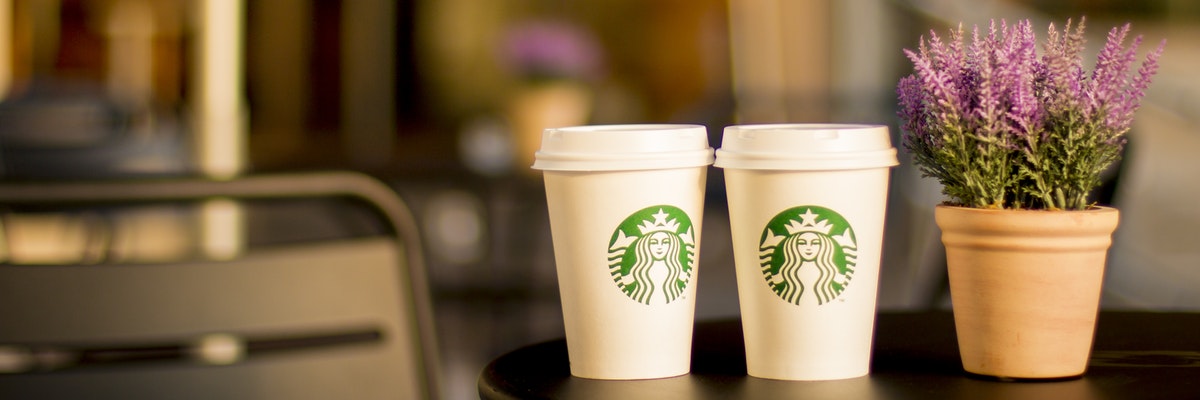How to Succeed in Mobile Payments, Lessons from Starbucks
Despite visions of a cashless society that day is not upon us yet. Less than 5% of consumers who have access to various mobile wallets actually use them. With tech giants from Apple to Google trying to gain dominance in this space it is actually a coffee retailer that is leading the pack. Starbucks, nearly everyone’s favourite coffee company, is moonlighting as a technology company and now as a bank with impressive results. According to eMarketer Starbucks had 23.4 million mobile phone users who made at least one mobile payment within the last six months. Starbucks’ nearest competitor in this space, Apple, had 22 million users. Google Pay had 11.1 million users and Samsung Pay 9.9 had million users. That ranking is expected to remain unchanged through 2022.
A strong value proposition
How has Starbucks taken over this lucrative space? Starbucks is winning the battle by providing a payment service that offers real value to customers. One of the key reasons people do not use payment apps is because there is no clear value proposition. In a 2016 survey by Pew nearly 30% of generation X and nearly a quarter of millennials said that they do not understand the benefits of mobile payments.
Starbucks on the other hand offers users of its app very useful benefits. For example, in 2014 Starbucks rolled out mobile order and pay. Customers using this feature can skip (most of the time) line ups in store by placing their favourite order from the most convenient location whether that is at home or on the way to work. It is a built-in feature that entices customers to pay using the app in order to access the convenience. Overtime customers are more likely to use the app as Starbucks creates a new habit for the way customers order and or pay. According to Charles Duhigg, author of the Power of Habit, our brain gets used to these types of routines and then our behaviour becomes more automatic. In 2017 10% of transactions from Starbucks’ US stores came from mobile order and pay.
In China where mobile payments are much more common consumers use apps such as WeChat which can also perform a wide variety of other activities in addition to payments including booking taxis and making doctor’s appointments. These types of added benefits increase the stickiness of the app enticing customers to do everything in one place.
Starbucks’ app is also tied to its loyalty program. With one quick scan of the app you can make a payment and accumulate rewards towards discounts on Starbucks’ purchases. The lure of quickly and easily accumulating rewards creates an incentive to use the app on a regular basis.
Scale that matters
With other mobile payment platforms such as Apple Pay consumers do not always know which retailers will take that form of payment. Starbucks on the other hand does not face this problem since its mobile payment service is accepted in all of its stores. The lack of ambiguity reduces a critical barrier to entry. Imagine if cash was not widely accepted, how often would you carry it? Approximately 21.6% of consumers with an iPhone did not use it for a transaction because a retailer did not accept it or the customer was unsure if it did. Apple Pay is accepted at more than 50% of US merchants and as it continues to be accepted more broadly adoption will increase.
Other retailers have gotten into the payment space including Walmart, McDonald’s, Target, Dunkin’ Donuts and Kohl’s. They will also need to convince consumers why their apps are worthy of your time.
Subscribe to our newsletter and get the latest retail insights & trends delivered to your inbox

